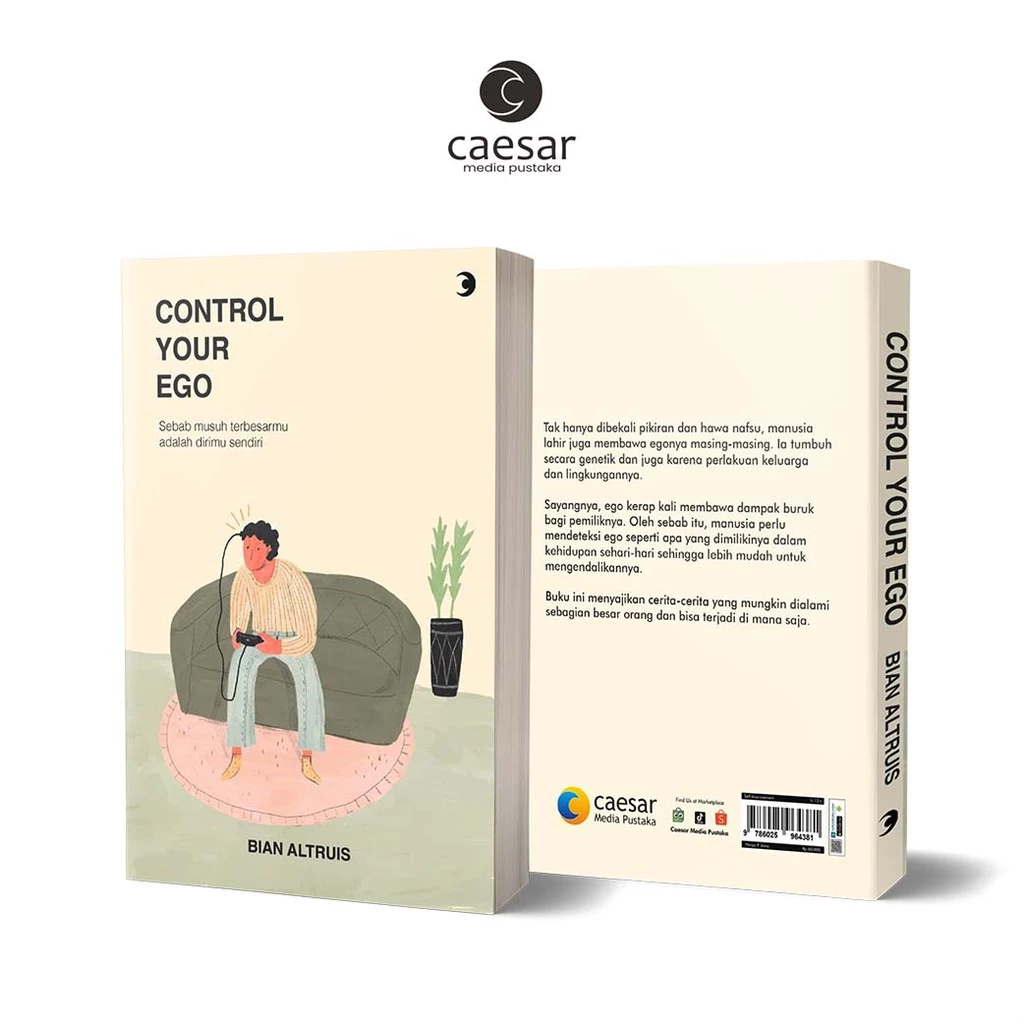The anticipation of vacations is a universal sentiment, with people eagerly looking forward to the joyous prospect of a temporary escape from their daily routines. For many, a well-spent holiday isn't just a break; it's an opportunity to create lasting memories and gain inspiration that resonates beyond the trip itself. In the realm of travel writing, the challenge lies in transforming these personal adventures into compelling and informative narratives that captivate readers and provide valuable insights. This article aims to unravel this challenge by exploring three fundamental components: the art of narrating experiences grounded in facts, the techniques employed in reviewing tourist spots, and the importance of guiding readers on the journey to these destinations.
Table of Contents:
Through a careful exploration of these aspects, we hope to uncover the nuances of crafting a travel article that not only shares personal adventures but also serves as a practical and engaging guide for those seeking their own memorable escapades. The blend of factual storytelling, thoughtful reviews, and insightful guidance forms the essence of a well-rounded travel article, ensuring that the excitement of one's journey extends to the readers who embark on the virtual exploration of these travel tales.
1. Narrating Experiences Based on Facts
The foundation of an engaging travel article lies in the meticulous narration of experiences anchored in factual details. Readers yearn for a vicarious journey, wanting to immerse themselves in the author's adventure. To achieve this connection, it is imperative to recount the journey in a chronological and transparent manner.
Begin by setting the temporal landscape*, providing specific travel dates that serve as anchors for the reader's imagination. This temporal precision not only adds authenticity to the narrative but also aids readers in mentally placing themselves within the timeline of the journey.
Furthermore, delve into the practical aspects of the expedition by elucidating the modes of transportation utilized. Whether it be a scenic road trip, a thrilling train ride, or a swift flight, describing these travel modes offers readers insights into the journey's rhythm and pace.
Equally crucial is the revelation of chosen accommodations. Paint a vivid picture of the places you stayed, whether it's a quaint bed and breakfast, a luxurious resort, or an adventurous camping site. Share the ambiance, amenities, and any notable encounters that enriched your stay. This not only contributes to the authenticity of the narrative but also aids readers in making informed decisions for their own future travels.
In essence, by crafting a narrative that meticulously incorporates travel dates, transportation details, and accommodation choices, the author provides a solid factual framework. This foundation not only ensures the reader's immersion in the journey but also establishes a trustworthy connection between the author's experience and the reader's imagination.
2. Techniques for Reviewing a Tourist Spot
After sharing your personal experiences, the next step is to provide an informative review of the places you visited. Explain what makes these locations appealing, describe the ambiance, and highlight the unique aspects that set them apart. Use rich language to convey your visual, auditory, and sensory experiences. Enhance your narrative not only with well-chosen photos but also with video documentation to offer a more comprehensive understanding.
Start by elucidating the factors that contribute to the allure of each destination. Whether it's the breathtaking scenery, rich cultural heritage, or perhaps the vibrant local atmosphere, clearly articulate these elements to give readers a nuanced understanding of the spot's charm.
Describe the ambiance of each location in vivid detail. Capture the essence of the place by conveying the sounds, scents, and overall atmosphere that define it. Whether it's the rhythmic crashing of waves on a pristine beach or the lively hustle and bustle of a bustling market, paint a verbal picture that immerses readers in the unique ambiance of each spot.
Highlight the distinctive aspects that set each location apart from the rest. Whether it's a hidden gem known only to locals, an architectural marvel, or a cultural event that occurs seasonally, these unique features add layers of intrigue to your review. By emphasizing these elements, you not only provide valuable information but also spark the curiosity of potential travelers.
Use evocative** language to convey your visual, auditory, and sensory experiences. Transport your readers to each location through your words, allowing them to mentally experience the awe-inspiring vistas, tantalizing aromas, and ambient sounds you encountered.
In addition to complementing your narrative with carefully chosen photos, consider incorporating video documentation. Videos can provide an additional dimension to readers by presenting movement, sound, and atmosphere that are challenging to convey through words or still images. This not only adds depth to your review but also allows readers to experience more closely the shared moments.
In essence, by integrating these techniques, ensure that your review is not just a record of places visited. It becomes a vibrant exploration, offering readers a sensory journey in line with your personal experiences.
3. Offering Guidance to Readers
Ensuring a holistic travel experience article involves extending valuable guidance to readers, facilitating their journey from inspiration to realization. Beyond narrating personal experiences, equipping readers with essential information on reaching the destination enhances the article's utility.
Initiate this guidance by elucidating the array of transportation options available. Whether it's by air, land, or sea, providing comprehensive details on different modes of transportation allows readers to choose the option that best suits their preferences, budget, and schedule. Offer insights into the convenience, duration, and potential experiences associated with each mode, empowering readers to make informed decisions.
Delve into the intricacies of the best routes to the destination. Share insights into scenic routes, shortcuts, or less-traveled paths that might add an extra layer of adventure to the journey. Detailing the routes not only aids in navigation but also allows readers to appreciate the journey itself as part of the overall experience.
Incorporate practical travel tips to enhance the reader's preparedness. Address considerations such as local customs, necessary travel documents, and health precautions. These tips go beyond the typical tourist brochure, providing readers with valuable insights that can significantly contribute to a smoother and more enjoyable travel experience.
Include details about potential costs associated with the journey. This involves not only transportation expenses but also accommodation, meals, and any entry fees or additional charges at the destination. Offering a transparent overview of the potential expenditures allows readers to budget effectively, preventing any unwelcome surprises during their travels.
Specify the optimal time to visit the destination based on climate, local events, or seasonal attractions. Highlighting the ideal time frames provides readers with the opportunity to tailor their travel plans to align with the most favorable conditions, maximizing their overall experience.
A well-crafted guide is more than a compilation of facts; it's a tool that empowers readers to plan and execute their journeys effectively. By providing comprehensive information on transportation, routes, tips, costs, and ideal timings, the guide becomes an indispensable resource, fostering a sense of confidence and excitement for readers embarking on their own adventures.
Read also: Define Your Writing Interests: 10 Most Sought-After Article Types on the Internet!
4. Conclusion
Crafting a travel experience article that is both engaging and informative requires attention to detail, in-depth location reviews, and practical guidance. By narrating experiences based on facts, providing clear and detailed reviews of tourist spots, and offering practical guidance to readers, we can ensure that our article not only entertains but also adds value for those planning to follow in our footsteps. May these tips help turn our vacation experiences into a source of extraordinary inspiration for our readers. Happy writing!
Footnote:
*What is a temporal landscape?
Temporal landscape refers to the depiction or chronological context of time that forms the timeline of an event or experience. In the context of an article about travel, providing a temporal landscape means offering information about when the journey took place. This includes mentioning specific dates or the time range during which the trip occurred. By providing a clear temporal landscape, readers can better understand the chronological sequence of the journey and feel as if they are partaking in the experience.
**Evocation refers to the ability to evoke feelings, images, or experiences in someone's mind through words or artistic elements. It aims to create an emotional response or vivid imagery in the imagination of the reader or viewer.
Artikel Blogging Lainnya :
- Crafting a Captivating and Informative Travel Experience Article: Factual Storytelling, Location Review Techniques, and Reader Guidance
- Crafting Compelling and High-Quality Blog Posts
- Define Your Writing Interests: 10 Most Sought-After Article Types on the Internet!
- Panduan Sederhana Menuju Keberhasilan dalam Dunia Blogging
- Kelebihan dan Kekurangan Blog Berbahasa Daerah
- Cara Saya Menghadapi Penolakan Pendaftaran Blog di Google AdSense
- Cara Membuat Profil Blogger Menggunakan Handphone
- Cara Ajak Teman Mengelola Blog Bersama Melalui HP Android






Posting Komentar
Silakan Meninggalkan Komentar